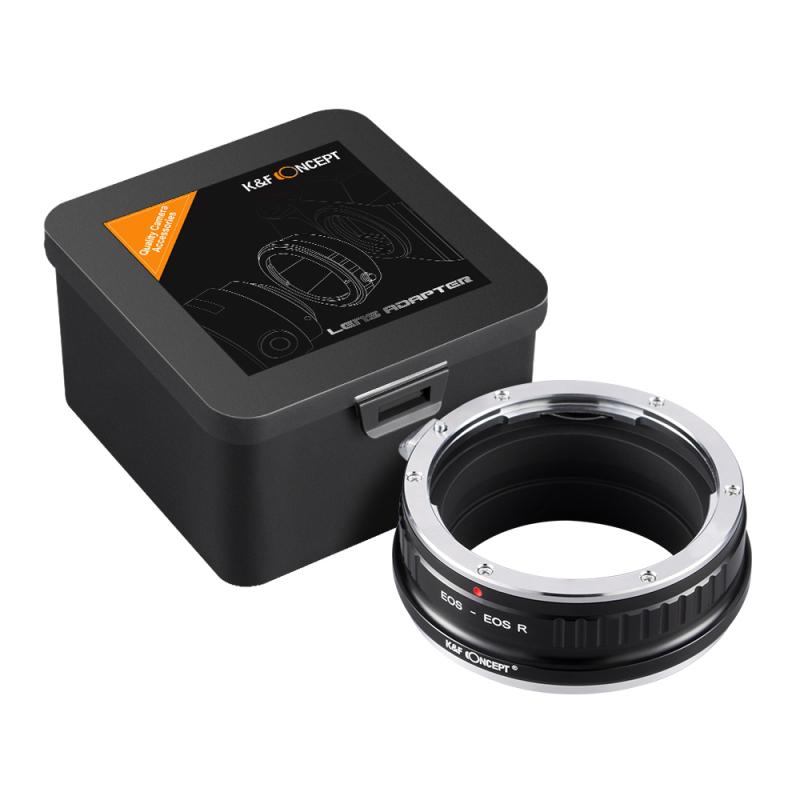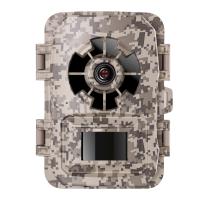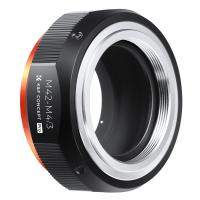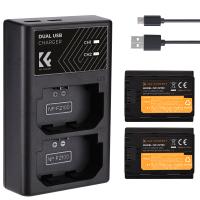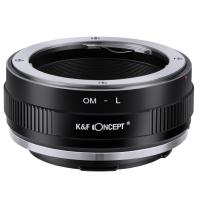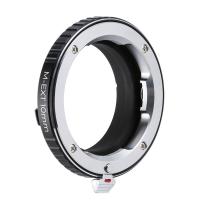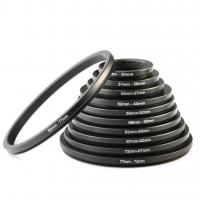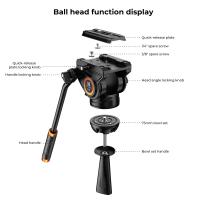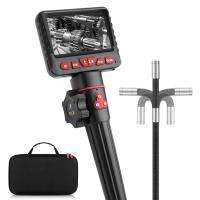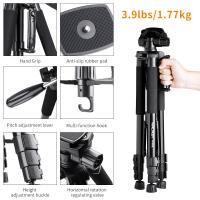How Would 6 Cctv Cameras Affect Wifi ?
The presence of 6 CCTV cameras can potentially affect WiFi signals in the surrounding area. The cameras themselves do not directly interfere with WiFi, but the wireless signals they transmit can cause interference. This interference can result in reduced WiFi performance, slower speeds, or even dropped connections, especially if the cameras are operating on the same frequency band as the WiFi network. To mitigate this interference, it is recommended to ensure that the cameras and WiFi network operate on different frequency bands or channels. Additionally, optimizing the placement of the cameras and WiFi access points can help minimize signal overlap and interference.
1、 Interference from CCTV cameras on WiFi signal strength.
Interference from CCTV cameras on WiFi signal strength is a common concern for many users. The impact of six CCTV cameras on WiFi can vary depending on several factors such as the proximity of the cameras to the WiFi router, the frequency band used by the cameras and the router, and the quality of the equipment.
CCTV cameras typically operate on the 2.4 GHz frequency band, which is also used by most WiFi routers. This can lead to interference as both devices transmit signals in the same frequency range. The interference can result in reduced WiFi signal strength, slower data transfer rates, and increased latency.
However, it is important to note that modern WiFi routers and CCTV cameras are designed to minimize interference. Many WiFi routers now operate on the 5 GHz frequency band, which is less crowded and offers faster speeds. This can help mitigate the impact of interference from CCTV cameras.
Additionally, advancements in technology have led to the development of WiFi routers with multiple antennas and beamforming capabilities. These features allow the router to focus the WiFi signal towards the connected devices, reducing the impact of interference from nearby devices such as CCTV cameras.
To further minimize interference, it is recommended to ensure that the CCTV cameras and WiFi router are placed at a sufficient distance from each other. This can help reduce the chances of signal overlap and interference.
In conclusion, while the presence of six CCTV cameras can potentially cause interference on WiFi signal strength, the impact can be mitigated through the use of modern WiFi routers operating on the 5 GHz frequency band, advanced antenna technology, and proper placement of the devices.
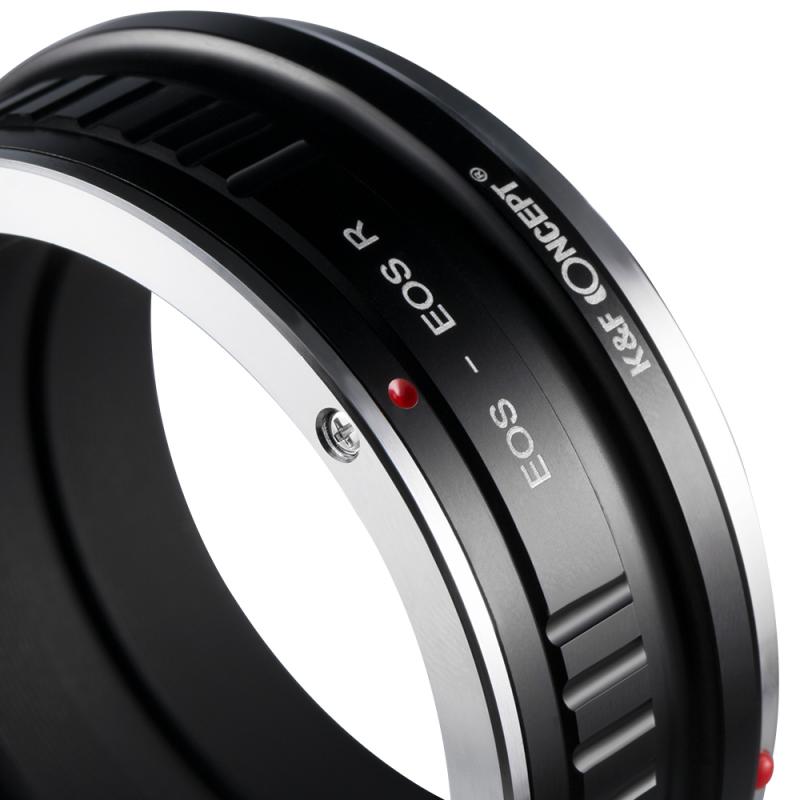
2、 Impact of multiple CCTV cameras on WiFi network performance.
The impact of multiple CCTV cameras on WiFi network performance can vary depending on various factors such as the number of cameras, their placement, the WiFi network's capacity, and the quality of the cameras themselves.
In general, having six CCTV cameras connected to a WiFi network can potentially cause some degradation in WiFi performance. Each camera requires a certain amount of bandwidth to transmit video footage, and having multiple cameras can increase the overall demand on the network. This increased demand can lead to slower WiFi speeds and potential buffering or lagging issues.
Furthermore, the placement of the cameras can also affect WiFi performance. If the cameras are located far away from the WiFi router or have obstacles in between, the signal strength may weaken, resulting in reduced WiFi coverage and slower speeds.
However, it is important to note that advancements in technology have led to the development of more efficient and bandwidth-friendly CCTV cameras. Modern cameras often utilize compression techniques to reduce the amount of data transmitted, minimizing the impact on WiFi networks. Additionally, WiFi routers with higher capacity and improved signal strength can better handle the demands of multiple cameras.
To mitigate the impact of multiple CCTV cameras on WiFi, it is recommended to ensure that the WiFi network is robust and capable of handling the increased demand. This can be achieved by using a high-quality router, optimizing the placement of the cameras and router, and considering the use of wired connections for some cameras if possible.
Overall, while having six CCTV cameras connected to a WiFi network may have some impact on performance, with proper planning and the use of modern technology, the impact can be minimized, allowing for a reliable and efficient WiFi network.
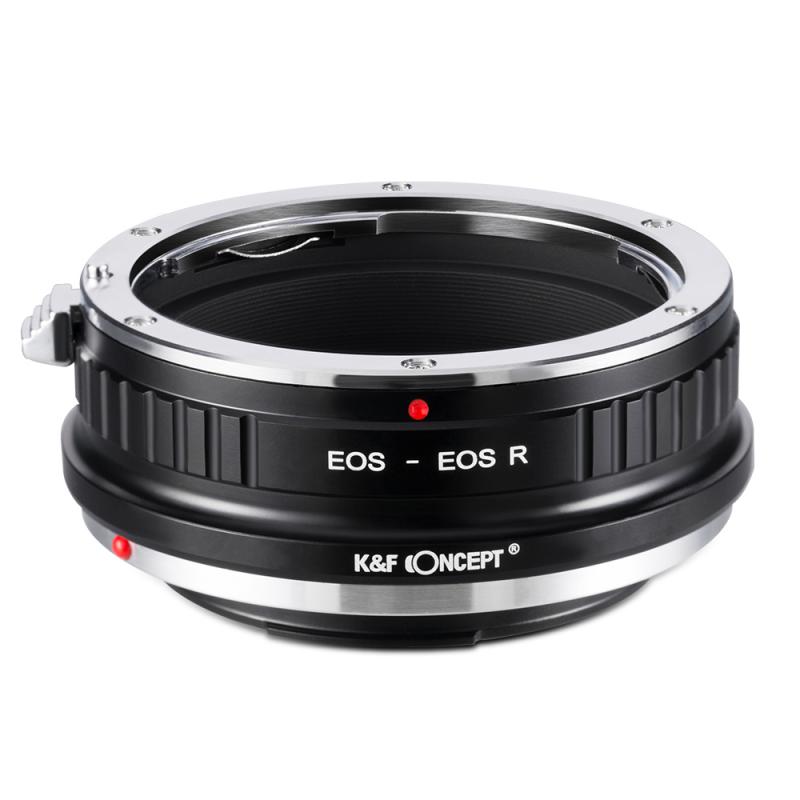
3、 Potential signal degradation caused by six CCTV cameras on WiFi.
Potential signal degradation caused by six CCTV cameras on WiFi can occur due to various factors. The impact on WiFi signal strength and performance depends on the specific circumstances, such as the proximity of the cameras to the WiFi router, the frequency band used by the cameras and the WiFi network, and the overall network congestion.
One of the main factors affecting WiFi signal degradation is interference. CCTV cameras typically operate on the 2.4 GHz or 5 GHz frequency bands, which are also used by WiFi networks. If the cameras and the WiFi router are operating on the same frequency band, they can interfere with each other, leading to decreased WiFi signal strength and slower data transfer rates. This interference can be particularly significant if the cameras are located close to the WiFi router.
Additionally, the number of devices connected to the WiFi network can impact its performance. Each CCTV camera connected to the network consumes a portion of the available bandwidth, potentially leading to network congestion and slower WiFi speeds for other devices. This effect can be more pronounced if the cameras are constantly streaming high-resolution video footage.
To mitigate the potential impact of six CCTV cameras on WiFi, several steps can be taken. Firstly, using wired connections for the cameras instead of relying solely on WiFi can alleviate the congestion on the network. Additionally, ensuring that the cameras and the WiFi router operate on different frequency bands can reduce interference. Employing advanced WiFi technologies, such as beamforming or mesh networking, can also help optimize signal strength and coverage.
It is worth noting that the latest advancements in WiFi technology, such as the introduction of WiFi 6 (802.11ax), offer improved performance and better handling of multiple devices. WiFi 6 routers can handle higher device densities and provide more efficient data transfer, potentially mitigating the impact of multiple CCTV cameras on WiFi networks.
In conclusion, the presence of six CCTV cameras can potentially cause signal degradation on WiFi networks due to interference and network congestion. However, implementing wired connections, utilizing different frequency bands, and adopting advanced WiFi technologies can help minimize these effects.
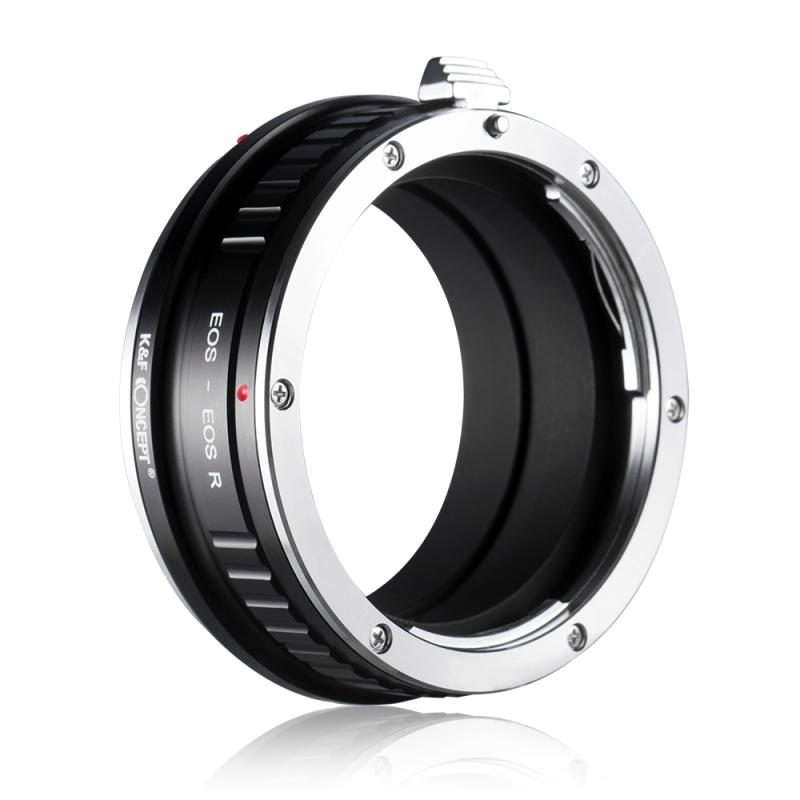
4、 Evaluating the influence of six CCTV cameras on WiFi connectivity.
Evaluating the influence of six CCTV cameras on WiFi connectivity is crucial in understanding the potential impact on wireless network performance. The presence of multiple CCTV cameras can indeed affect WiFi signals, but the extent of the impact depends on various factors.
Firstly, the type and quality of the CCTV cameras play a significant role. Modern cameras with advanced technology and efficient encoding algorithms may have a lower impact on WiFi compared to older models. High-resolution cameras that require more bandwidth for streaming can potentially cause congestion on the WiFi network.
Secondly, the positioning of the cameras is crucial. If the cameras are strategically placed away from WiFi access points, the impact on WiFi connectivity may be minimal. However, if the cameras are located near access points or in areas with weak WiFi coverage, interference can occur, leading to reduced signal strength and slower data transfer rates.
Furthermore, the number of WiFi devices connected to the network also affects performance. If there are already numerous devices connected to the WiFi network, adding six CCTV cameras may exacerbate congestion and result in decreased WiFi speeds.
To mitigate the impact of CCTV cameras on WiFi, several measures can be taken. Upgrading to a higher-capacity WiFi router or access point can help handle the increased demand for bandwidth. Additionally, using wired connections for the CCTV cameras instead of relying solely on WiFi can alleviate congestion and ensure a stable connection.
In conclusion, the presence of six CCTV cameras can potentially affect WiFi connectivity, but the extent of the impact depends on various factors such as camera quality, positioning, and the number of connected devices. By considering these factors and implementing appropriate measures, the impact on WiFi can be minimized, ensuring reliable and efficient wireless network performance.
